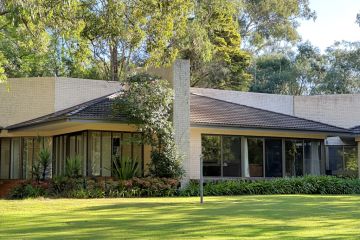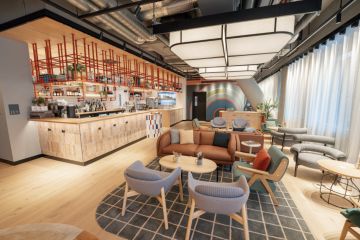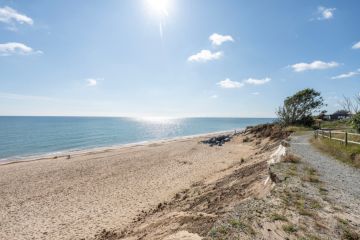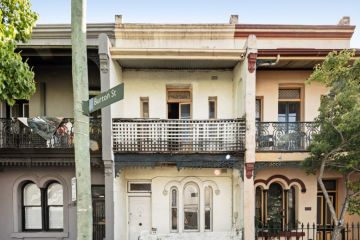The best Australian projects shortlisted for 2018 World Architecture Festival
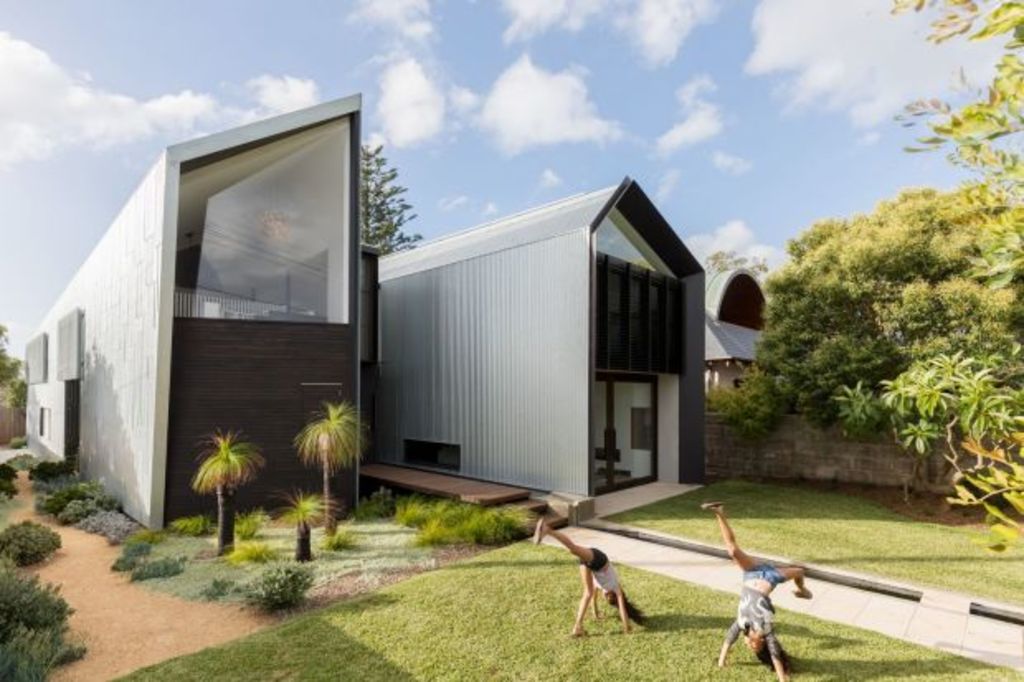
We may have crashed out of the World Cup football competition but Australia’s best will be lining up in force again in November – this time our top architects competing on the world stage in Amsterdam.
In the just-released shortlists for the 11th World Architectural Festival – a gathering of architects from 81 countries, and with 536 projects across 39 categories in the running for top awards – our relatively small cohort of professional designers are proportionately over-represented in the various residential sectors.
In the Completed House builds category, five east coast practices have entries in a total field of 18. Even China could only manage to get three into this finals grouping.
The shortlisted houses are: Austin Maynard’s terrace extension “King Bill” in historic Fitzroy Melbourne; Cavill Architects’ white and airy Gibbon Street in Brisbane. Also in Brisbane is Bureau Proberts’ intriguingly screened Bardon House.
On Sydney’s North Shore and in two elongated, cathedral-ceiling pavilions interlaced with water features is CplusC’s sharply stylish “Iron Maiden”.
John Wardle, founder of John Wardle Architecture in Melbourne, who will be a keynote speaker on the first day of the festival, has the copper-clad, multi-branched projections of Boneo House looking over Bass Strait from the Eastern Victorian coast in the mix.
In the Villa category, which is difficult to distinguish as a typology from individual housing save that the buildings are more or less in the countryside, the Australian representation is even more impressive with five of the total 14 shortlisted entries showing up the daring of clients and their architects.
Iredale Pedersen Hook has proposed an old church and new house collation in Mundaring, west of Perth. Bild Architecture has put up the extraordinary folded roof geometries of the starkly modern Panopticon House at Cape Otway in Victoria, while down in Tasmania and another offering from John Wardle’s studio is the romantic reconstitution of the 1830s Captain Kelly’s Cottage, a North Bruny Island landmark on the sailing route into Hobart.
- Related: Innovative housing model takes gong
- Related: Australia’s best homes recognised
- Related: Victoria’s best architecture projects shortlisted
Also on the coast, but this time in the south of New South Wales, is Allen Jack + Cottier’s glass and stone Kiama House, while in the north coast hinterland and also with much stone featuring is CHROFI’s next lovely pavilion addition to their ongoing compound project, “Lune de Sang”.
In two multi-residential categories, Australia has some sensational buildings to display. Amongst three of the total 17 entries in Large Scale Housing is McBride Charles Ryan’s “Banksia” in Melbourne’s Docklands that is informed by bio-mimicry in that the facade is based on a Banksia pod.
Allen Jack + Cottier has the hive-like student housing project “Urbanest” at Darling Square, and near Epping Station in Sydney’s north is BKA’s multi-layered Watson Grove apartment complex.
Among 13 Small Scale Completed Housing projects that have made it to the shortlist Australia has three in the running and, indeed, Woods Bagot accounts for two of them. Both Woods Bagot buildings make much of green and growing attributes with the first, a multi-balconied building, “Short Lane” in Surry Hills, Sydney, and the second, Elwood House, making a big attempt to fit into the period Melbourne bayside suburb.
In Collingwood, which they read as one of Melbourne’s most culturally kaleidoscopic suburbs, DKO has the white brick and breezeblock form of the “Peel” apartment building in the list.
Across the wider competition in Commercial, Sport, Schools, Culture, Old and New and even Religious, numerous Australian projects feature. Yet all firms will need to wait until the jury presentations and final judging in Amsterdam to find out what got up and what just had the honour of being chosen as among the world’s best buildings for the year.
As with 2017’s results it’s sure to be an award process full of surprise and doses of disappointment for those who will travel far to hear first-hand how they fared.
We recommend
We thought you might like
States
Capital Cities
Capital Cities - Rentals
Popular Areas
Allhomes
More

